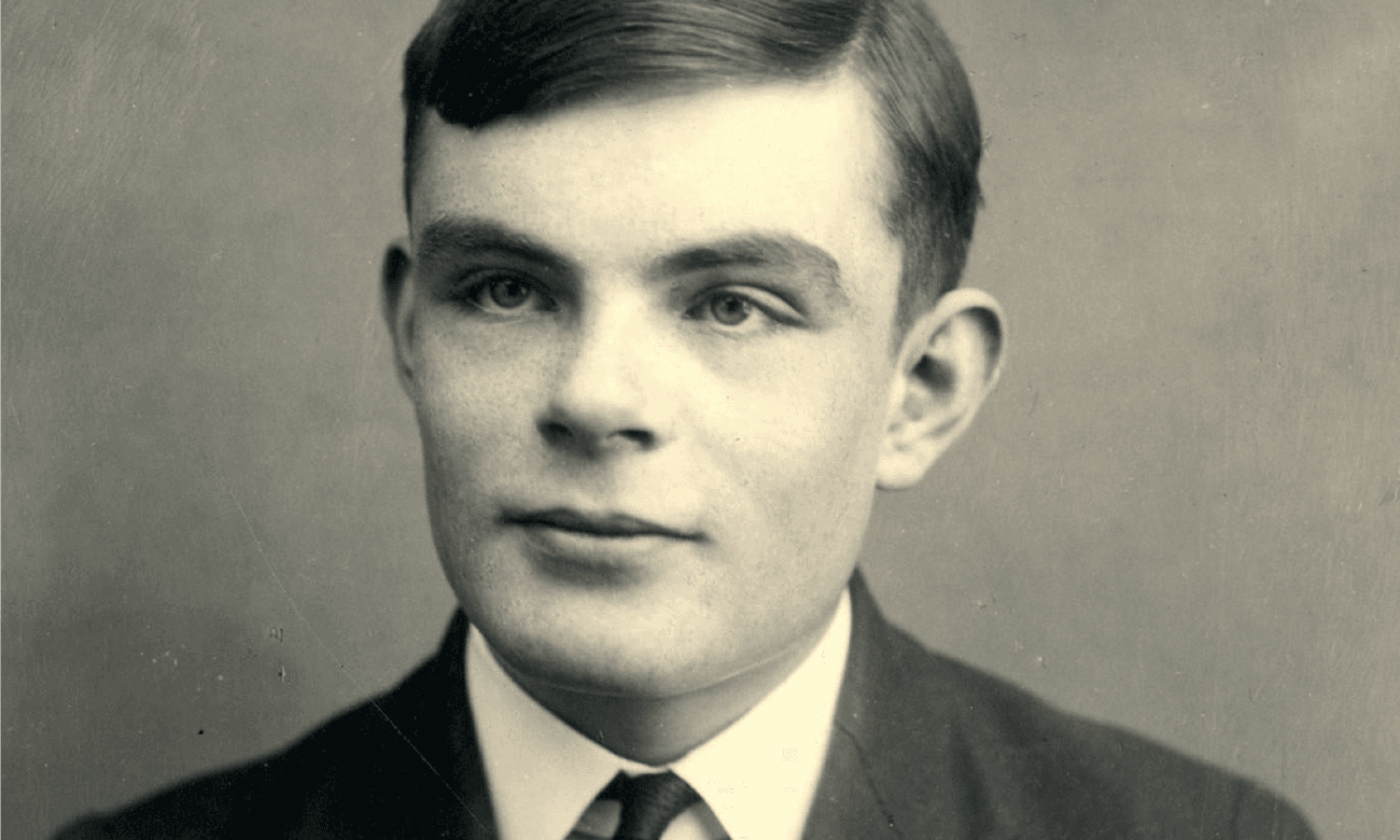Alan Turing, Digital Pioneer
George Dyson, the science historian and author of Turing’s Cathedral: The Origins of the Digital Universe, explains how Turing’s research led to our digital world. In a 1936 paper, Turing explained mathematically that you could represent any number by a “linear string of bits, of ones and zeros,” Dyson tells Kurt Andersen. The machine Turing imagined could “do nothing more than addition and subtraction, but if you do it fast enough and often enough, you can solve any computable function.”
If Turing were alive today, Dyson speculates that he would be disappointed that we are still using his model. Dyson calls computer programming a “brittle system” in which “the housekeeping has to be perfect, or your programs crash.” Although it keeps a lot of “Geniuses” and “Geek Squads” employed, it’s a drain on programmers’ time and talents.
Despite its title, Dyson’s book is largely concerned with John von Neumann, a mathematician at Princeton who vastly improved Turing’s model to create computers much closer to the ones on our desks today. But von Neumann wasn’t making these machines simply for the benefit of humanity. He was doing research for the military on nuclear war simulations.
“Von Neumann explicitly made a deal with the Devil on this thing,” Dyson says. “The scientists got the computer and they could do whatever they wanted with it, and the military, the ‘Devil,’ would get the hydrogen bomb.” But Dyson wonders, “maybe the Devil didn’t want the hydrogen bomb. Maybe the Devil wanted the computer.” He sees networked computers, with their unlimited potential for surveillance, as a tool of extreme danger in the hands of the wrong government. But Dyson notes “Alan Turing is the patron saint of the NSA — of the spies and the spooks — and yet he’s also hero of the computer liberation side. Everybody loves Turing.”
